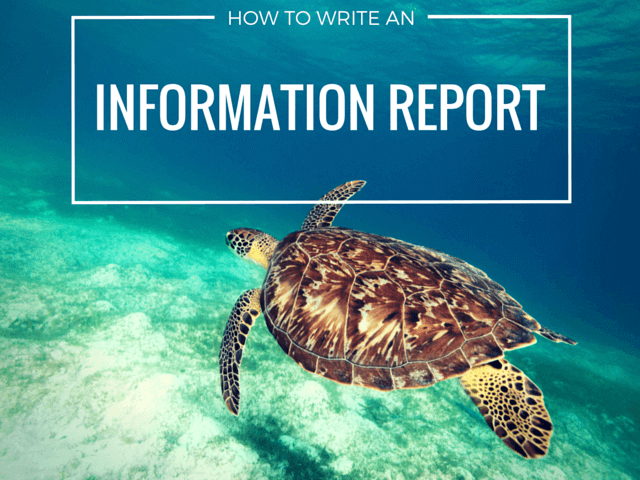

It is no surprise that informational texts are given a position of primary importance in most English curricula – we are in the information age, after all. From the ELA Standards of U.S. Common Core to the Literacy Requirements of the National Curriculum for England, non-fiction genres, in general, are given central positions in our teaching schedules. Acquiring the broad range of skills necessary to produce these texts competently takes time. Let’s look at the main features and organizational aspects of information reports to help set our students on the path to writing success.
Regardless of what genre we aim to teach our students, they must develop an awareness of the different approaches required when writing for various purposes. Students need to be able to select the correct tools and structures for the job, and this starts with the students defining the text’s purpose.
Information reports present factual information to inform the reader about a specific topic. Examples of information reports may be found in encyclopedias, reference books, technical texts, social studies books, science books, magazines, and even internet websites. These may all be classed as forms of information texts. Despite this very broad range, it is useful to describe information reports in relation to several standard features, which are explained below.
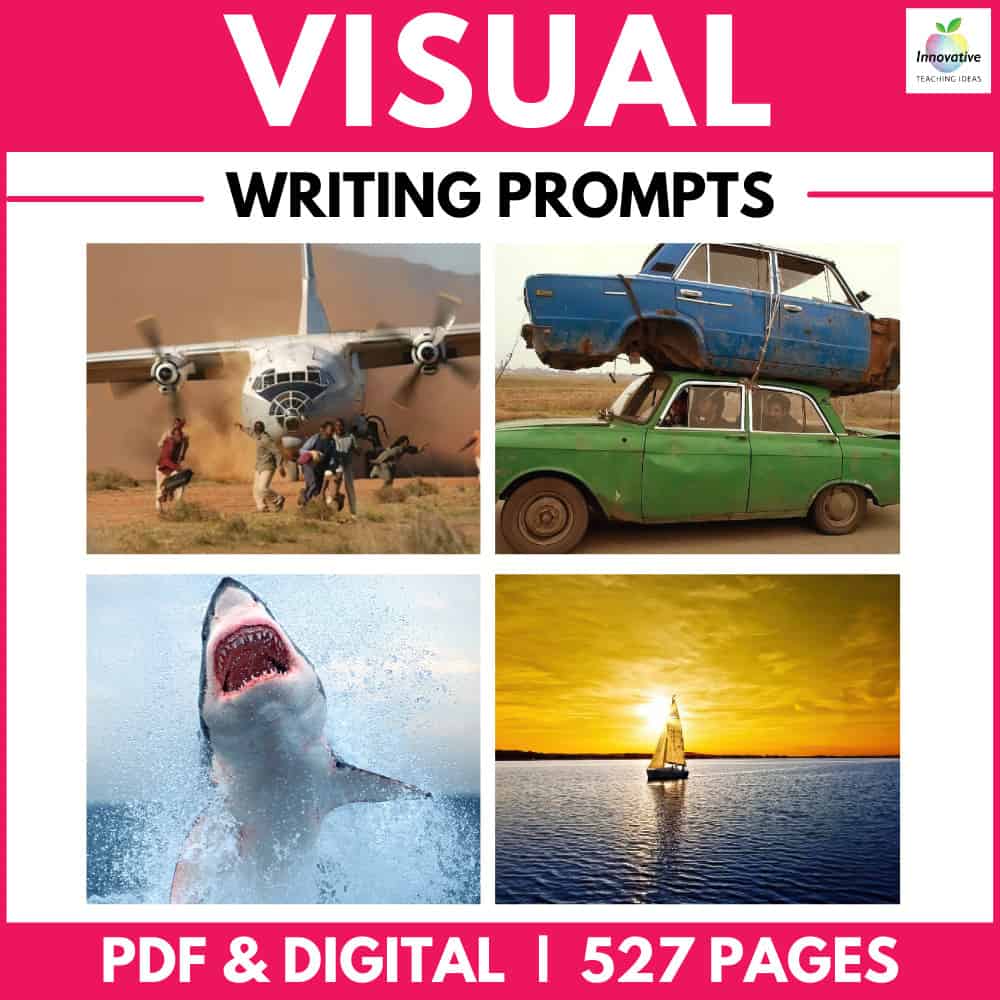

An information report provides readers with information on a chosen topic by providing them with facts.
INFORMATION REPORTS are also commonly known as INFORMATIONAL TEXTS and INFORMATIVE WRITING.
Generally, an information report is written to provide facts about a living or non-living object. It can be an individual object or a group of objects. Some suggestions are.
The challenge in writing a good information report is to provide the audience with plenty of facts and evidence about a topic without providing a personal opinion. If you do include personal opinion, essentially, you are writing a persuasive ( also known as an expository ) text. If you are writing about a class of objects, such as sharks, it is important to highlight the differences and similarities between the objects.
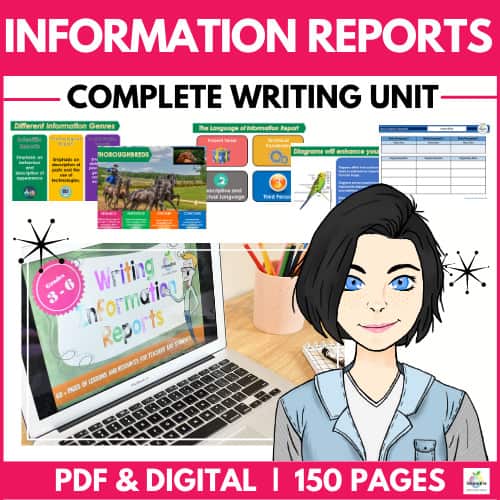
Get an entire unit on INFORMATIONAL TEXTS with no prep required. The editable DIGITAL & PRINT bundle offers a proven model based on research skills, writing strategies, and engaging content with 96 PAGES of material.
You will frequently encounter informational texts in your reading for both work and pleasure and whilst there are many variations, they generally fall into these three main categories.
Scientific Reports: Usually focuses on describing of appearance and behaviour of the subject of your report.
Technological Reports: Usually focus on two main categories of information. Those are the components and uses of the technology.
Social Studies Reports: Usually focuses on the description of people, places, history, geography, society, culture and economy.
INTRODUCTION Classify your topic, and describe the aspects, features or characteristics of the subject.
PARAGRAPHS Will be used to organise your information report. Use paragraphs to elaborate on your subject.
IMAGES Labelled diagrams such as maps, diagrams and pictures support and extend your written information.
SUBHEADINGS Keep your report in a logical state and ordered. It also helps the reader find key information quickly.
SPECIALIZED VOCABULARY Allows for more information to be shared with minimal text.
THIRD PERSON PERSPECTIVE Relays information from an impersonal position devoid of strong emotive language.
COMPARATIVE LANGUAGE Such as compared to, smaller than, greatest, different form is used to provide context
DEFINITIONS Of uncommon or unfamiliar language may be required in parts to assist the reader
Teaching students how to write information reports offers an excellent opportunity to introduce research skills to your students. For more advanced students, it creates opportunities for them to hone these important skills further. There are also several different processes students need to develop to ensure that they can filter their research for relevancy and accuracy. Let’s take a look at these:
If the scope of the topic is not defined precisely, considerable energy can be wasted at the research stage – especially if internet research is undertaken! Undoubtedly, you will know this from your own experience. How many man and woman hours have been wasted as our own research takes us down a pesky internet cul-de-sac?

The importance of keywords and subject-specific vocabulary in writing an information report has already been mentioned. However, generating these keywords and phrases is also crucial for the research stage when using the internet. Search engines are only as valuable as the terms that are searched. The research process will help students refine and filter the concepts and vocabulary they will use in writing their text.
After selecting their search terms, students must look at and evaluate the returned sources. This is best achieved by the teacher reviewing various examples and modelling the criteria used to select the most valuable. Students are often not required to cite research papers at the school level, etc. But they should begin the process of ranking information in terms of its legitimacy. This is a long-term objective, but the teaching of this genre of writing offers ample opportunities for introducing this complex idea. Teaching this objective may involve lessons on things like distinguishing fact from opinion, how to spot bias, detecting fake news/satire, cross-referencing sources etc.
The research stage of writing an information report affords students a valuable opportunity to develop their note-taking skills. The ability to mine information for the key points is an essential skill for a student to develop. Obviously, note-taking is a complex skill and will necessarily be differentiated according to the student’s age and abilities.
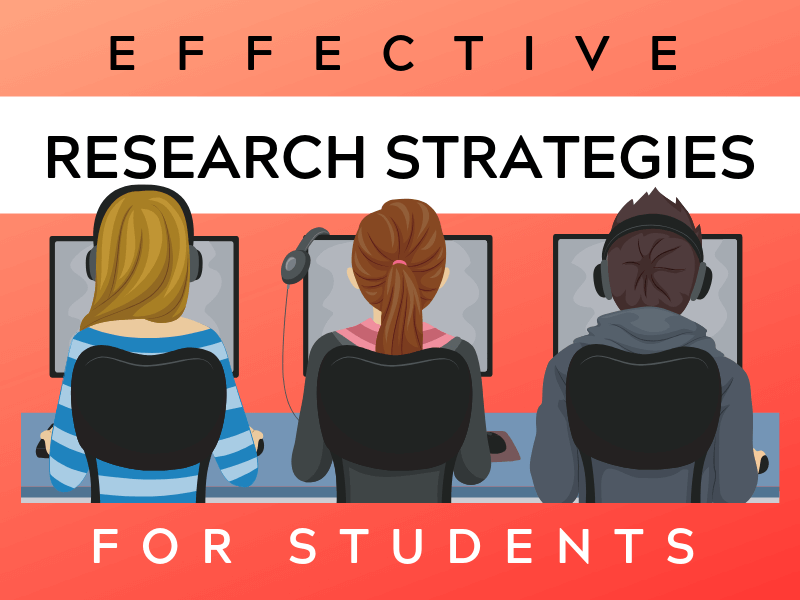
As an information report is a factual piece of writing focused on attention to detail, you must ensure your students are provided with an opportunity to research their topic. Ensure they use technical language when required and have a collection of useful facts to include.
The research will be a significant part of your lesson time, so please ensure you allow this before expecting them to contribute anything worthwhile.
Although we strongly encourage using visuals, leave this until all writing has been drafted, written and edited. It should support a robust written report first and foremost. Using graphic organizers, planning tools, and writing checklists will greatly assist the planning and editing time. We have an in-depth article on student research strategies to explore here.

When considering how to organize the structure of an information report, the purpose of the text must be at the forefront of the student’s decision-making. The complexity of the textual organization will again depend on the student’s grade level and ability; however, the general structure will be as follows:
A table of contents should be included for longer information texts. It should outline where specific information can be found in the document or the text. For longer texts, each section should correspond to a page number on the table of contents. For shorter texts, this may be numbered sections instead of page numbers. This will allow the reader to locate specific information that is being searched for without having to read through the whole text. Page numbers can be entered on the table of contents after the text is completed.
As with other writing genres, information texts must first use a hook to grab the reader’s attention. This hook may take the form of an interesting fact or statistic, an anecdote or a question etc. Fundamentally, the introduction to the text must orientate the reader to the topic in question. It should outline what the reader can expect to learn within the body of the text.
The main job of the student when writing an informational text is to organize the information so that the reader can easily understand it. To help the reader achieve this, they need to organize their ideas into paragraphs and to help the reader locate the information on each of these ideas; each paragraph should contain a subheading. These subheadings can also provide titles for the table of contents.
Subheadings are necessary to help your students organize their information by focusing on various aspects of the topic as a whole. For example, if the focus of the information report is an animal, then subsequent subheadings may be something along the lines of appearance, habitat, diet etc. Each subheading will consist of at least one paragraph that constitutes a separate section in the body of the text.
These subheadings often emerge organically as the student undertakes their research before writing. Subheadings may also be accompanied by relevant drawings, maps, tables etc., that summarize the information contained within.
The first sentence of each section should begin with a topic sentence expressing that paragraph’s main idea or topic. The following sentence will provide more detail on the topic sentence or main idea. The next sentence can provide an example or evidence regarding the main idea. Have your students practice this paragraph structure: Topic – Detail – Example.
The closing section of an information report can be used to summarize. The conclusion should focus on what the reader has learned in the text. It may also contain information on links or further reading the reader can undertake to find out more about the topic. For more advanced students, the opportunity to make cross-curricular links to IT skills (for example) can be taken by encouraging students to incorporate hyperlinks to further sources.
The glossary will contain much of the subject-specific vocabulary identified at the prewriting stage. It will contain the words alphabetically and a definition that gives the word context in light of the topic. Some of the contents of the glossary will also be identified by the student reading over the body of the text they have written and selecting words that may pose difficulties for readers or need further contextualizing in terms of the topic. Sometimes, it is helpful to use bold fonts to emphasize the words in a text that will be defined in the glossary. This allows the reader to know they can turn to the glossary to find out further information on the definition of this word and its use in context. As with the other sections of an information report, illustrations, tables, and photographs can be used here to visually represent related ideas and concepts and reinforce the definitions provided.
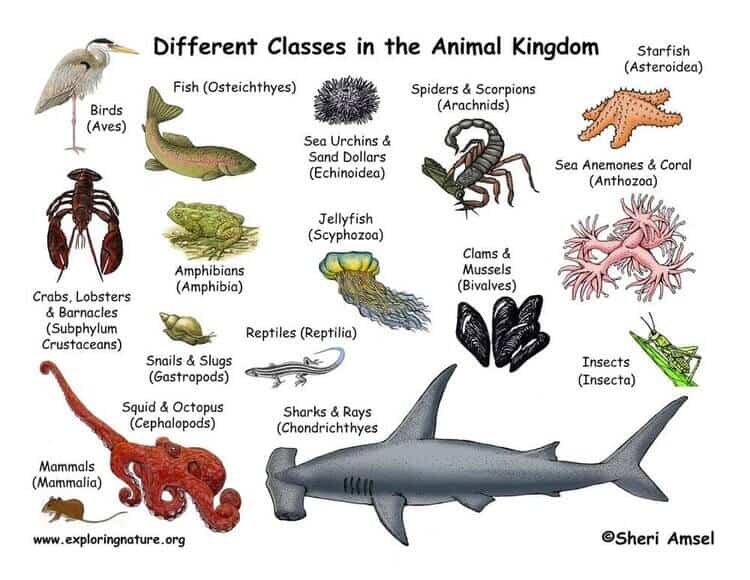
And there it is, some meat on the bones of information reports. Choosing topics for your students to write about can be generated either by the interests of students themselves, which can significantly enthuse them, or you can select topics for your students that tie into other areas of their learning, thereby killing the proverbial two birds with one stone! It is quite a complex genre but a very important one, and it is advised that students are offered ample opportunity to read lots of information reports to internalize these features and structures. The reading of information reports not only helps our students to understand how to write them but also, wonderfully, helps our students learn lots of stuff about lots of things!
Information reports are predominantly written in the present tense. This is because the information presented on the topic will generally be considered static knowledge. However, this is not always the case for all information texts; for example, autobiographies and biographies can be considered information texts but will more than likely be written in the past tense. For the purposes of this article, however, we will focus on the more formal genres of information texts.
Depending on the topic of the text, vocabulary specific to the subject will typically be used. For example, if the text provides information on an animal, it will likely utilize related words and phrases such as ‘habitat’, ‘species’, ‘offspring’, ‘lifespan’ etc. A helpful exercise for preparation to write an information report is to have students brainstorm words and phrases related to that topic. This also helps ensure the student covers all relevant related material and helps them organize their material before writing. It will also provide useful search terms for internet researching of the topic and some of the vocabulary to be contained in the glossary – more on this later!

Students need to realize that they should use general nouns when writing on their topic. The information in their text should be generally accurate, and this should be reflected in the generic noun classifying it; for example, Bees collect nectar from flowers.
Information reports are an example of formal non-fiction writing. In common with lots of formal writing, they often apply the passive voice. It is helpful to draw the student’s attention to how this differs from other more personal writing genres, such as fiction. When teaching narrative writing, we often encourage, even insist, our students name the doer of the action. In fiction writing, using the passive voice often takes the narrative drive out of a story, leaving it limp and weak in the hands of the reader. This is because the character and narrative voice are central to story writing. This is not the case in information report writing. Here, the passive voice draws attention away from the doer or speaker and firmly brings attention to the object.
“Every year, cars kill thousands of hedgehogs on our roads.”
Here the active voice is used. Read carefully; we can note a considerable amount of our attention goes to the ‘killer’ in this sentence, i.e. ‘cars’. This brings our attention away from what should be our primary focus and the topic of the report, ‘hedgehogs’.
If we instead use the passive voice to convey this information, it would look something like this:
“Every year, thousands of hedgehogs are killed on our roads.”
Now the same information is relayed to the reader while maintaining the sentence’s focus on the subject ‘hedgehogs’.
A valuable exercise to help students understand the difference between passive and active voices is to give them a list of sentences for them to identify whether the active or passive voice is being used. They can then rewrite active voice sentences as passive voice sentences and vice versa.
Information reports are also generally written in the third person for the same reason the passive voice is used. The third-person perspective creates an impersonal tone that maintains a formal tone appropriate to the genre.
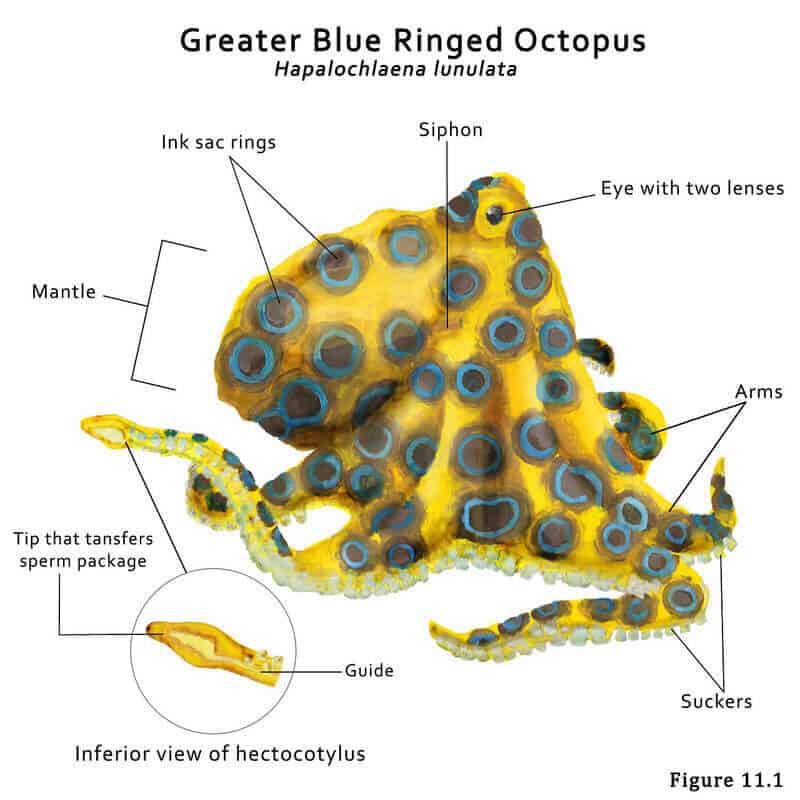
Visual presentations of the information to support the text, whether in the form of diagrams, photographs, graphs, maps, pictures, or tables, are extremely helpful to the reader. They help the reader to digest large amounts of information quickly. Remember too that pictures, photographs etc., should be labelled with captions explaining what they show.
Visual presentations should reinforce points made in the text, often in a condensed way. You may remember flicking through the pages of the World Book Encyclopedia or Encyclopedia Britannica as a child, and even if lacking the necessary literacy skills to actually read the articles, you likely picked up information just by looking at the colourful and well-presented illustrations and tables.
Browse any well-developed website, and the central role visual media plays in information sharing will quickly become apparent. Your student’s work should be no different in this regard. Depending on the age and ability of your students, they may wish to draw pictures or create graphs using computer software to accompany their text.
Fact vs Opinion:
As stated, the purpose of information reports is to present factual information on a topic. It is essential that students can consistently and accurately differentiate between what constitutes fact and what can be considered opinion. This is not always as straightforward as it may seem and will require some practice on the part of the student.
It can be helpful for students to have several sessions working on distinguishing fact from opinion before writing their information reports. Prepare a set of statements for the students in your class. It may be on the topic on which they are to write their reports or on an entirely unrelated topic. There should be a mixture of factual and opinion-based statements. After instructing the students on the differences between facts and opinions, have them go through each statement in their groups and discuss which they believe to be facts and which they believe to be opinions. They then categorize them accordingly.
Beyond the writing of information reports, identifying opinions and facts is an invaluable skill to inculcate in our students. You may wish to encourage them to apply it when watching TV news, reading newspapers etc.
When putting together an information report, you need to know your topic well, so be sure to do your research beforehand. If you were writing an information report on the Titanic, you might want to discover some of the following facts.
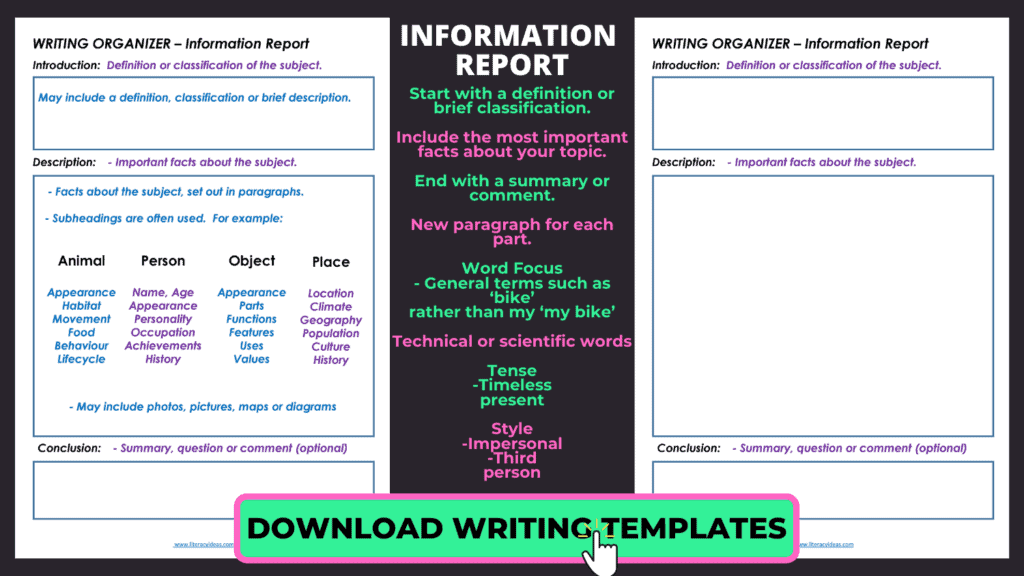
Below are a collection of information report examples for students. Click on the image to enlarge and explore them in greater detail. Please take a moment to read the information reports in detail and the teacher and student guides highlighting some critical elements of information report writing to consider before writing.
Please understand these student writing samples are not intended to be perfect examples for each age or grade level but a piece of writing for students and teachers to explore together to critically analyze to improve student writing skills and deepen their understanding of information report writing.
We recommend reading the example either a year above or below, as well as the grade you are currently working with, to gain a broader appreciation of this text type.


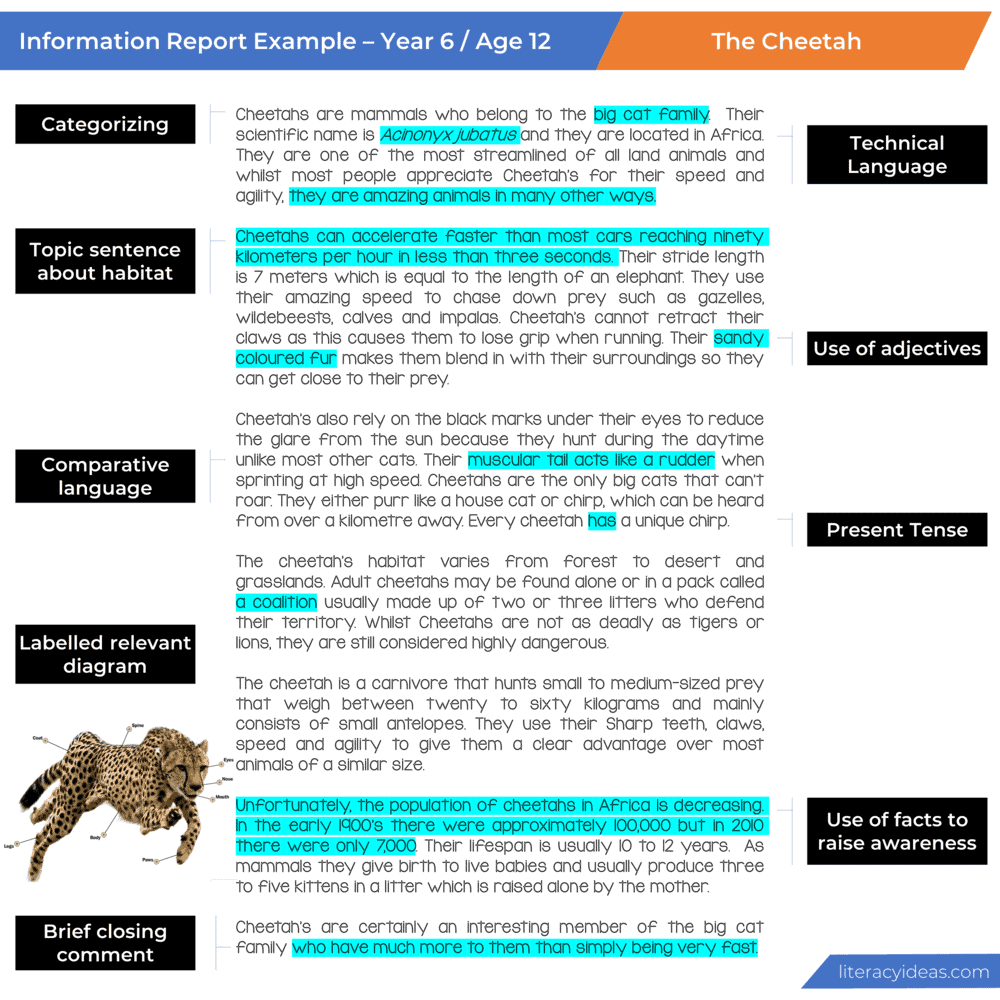
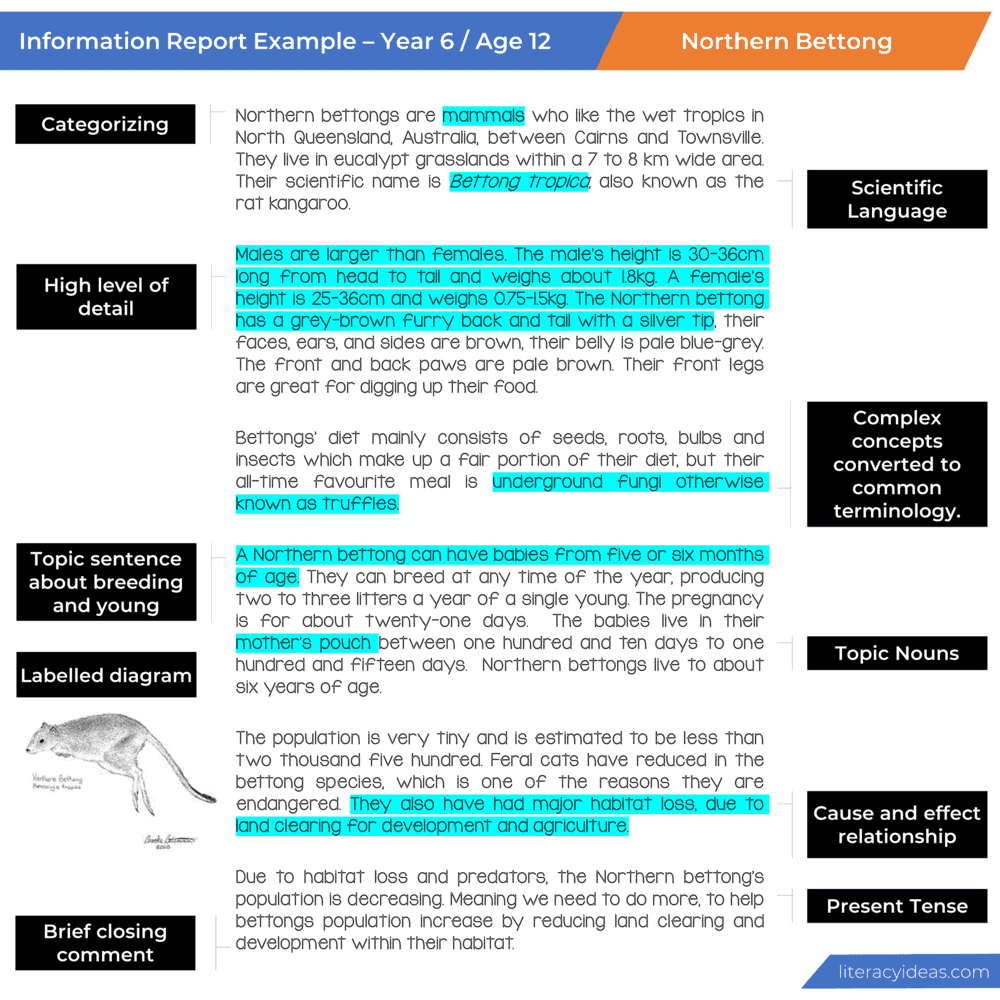



Get an entire unit on INFORMATIONAL TEXTS with no prep required. The editable DIGITAL & PRINT bundle offers a proven model based on research skills, writing strategies, and engaging content with 96 PAGES of material.